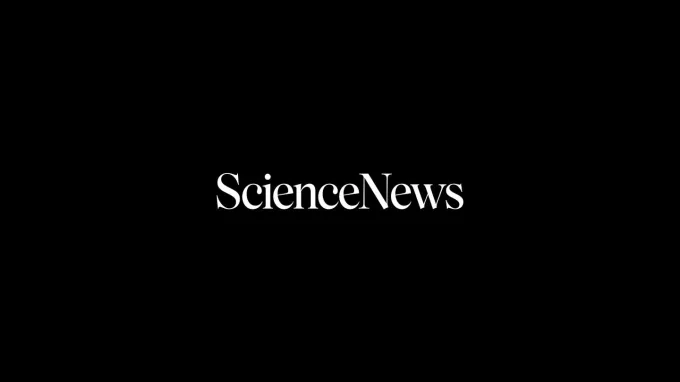Science News Magazine: Current Issue
Vol. 159 No. #12
Trustworthy journalism comes at a price.
Scientists and journalists share a core belief in questioning, observing and verifying to reach the truth. Science News reports on crucial research and discovery across science disciplines. We need your financial support to make it happen – every contribution makes a difference.
More Stories from the March 24, 2001 issue
-
 Astronomy
AstronomyCreating a warmer, wetter Mars
A new study adds to the evidence that past volcanic activity could have temporarily created a warmer, wetter Mars, a place on which water once flowed freely.
By Ron Cowen -
 Health & Medicine
Health & MedicineParkinson’s implants survive in brain
Human embryonic stem cells transplanted into the brains of people with Parkinson's disease survive and grow better in patients under 60 years of age than in older patients.
By Nathan Seppa -
 Health & Medicine
Health & MedicineFatty plaques are unstable in vessels
Fatty plaques that form on the inside of blood vessels are less stable and hence more prone to rupture than are hard, calcified plaques.
By Nathan Seppa -
 Earth
EarthPassive smoking’s carcinogenic traces
Researchers isolated markers of a cigarette-generated carcinogen in urine of nonsmoking women married to smokers.
By Janet Raloff -
 Earth
EarthDiesels: NO rises with altitude
The combustion chemistry of heavy-duty diesel trucks changes with altitude.
By Janet Raloff -
 Earth
EarthNew analysis rejuvenates Himalayas
The Asian mountain range that includes some of the tallest peaks in the world turns out to be about 15 million years younger than geologists previously thought.
By Sid Perkins -
 Earth
EarthA quick recovery after dinosaur deaths
Evidence from 65-million-year-old sediments suggests that a single impact from space wiped out the dinosaurs and that ecosystems recovered from the trauma in only a few thousand years.
By Sid Perkins -
 Anthropology
AnthropologyFossil Skull Diversifies Family Tree
A 3.5-million-year-old skull found in Kenya represents a group of species in the human evolutionary family that evolved separately from australopithecines such as Lucy's kind in Ethiopia.
By Bruce Bower -
 Tech
TechNew nanosize detector picks through DNA
Researchers have made a device that can differentiate nearly identical DNA molecules, which might lead to sequencing at unprecedented speeds.
-
 Health & Medicine
Health & MedicineStudy reveals male link to preeclampsia
Men who were born of mothers who had the pregnancy complication preeclampsia are roughly twice as likely to father a child through preeclamptic pregnancy than are men who were born of mothers who had a normal pregnancy.
By Nathan Seppa -
 Earth
EarthThick ice scraped rock bottom in Arctic
Scuffs, scrapes, and gouges found atop undersea plateaus and ridges in the Arctic Ocean suggest that kilometer-thick ice shelves covered much of the ocean there during some previous ice ages.
By Sid Perkins -
 Astronomy
AstronomySome of galaxy’s dark matter comes to light
A new study adds to the evidence that astronomers have unveiled some of the dark matter in our galaxy and that it's pretty ordinary stuff—white dwarfs, the cold, compact embers of low-mass stars.
By Ron Cowen -
 Health & Medicine
Health & MedicineVeggies prevent cancer through key protein
An international team of researchers has identified a protein that helps compounds in some vegetables prevent cancer.
By Linda Wang -
 Physics
PhysicsFrigid ‘dynamite’ assembles into superatom
Although it's now the fifth element to be made into the strange state of ultracold matter known as Bose-Einstein condensate, helium may prove to be the most revealing so far because of unusually high energies within the newly condensed atoms.
By Peter Weiss -

Did males get bigger or females smaller?
It's time to stop assuming that standard gender differences in birds come from males getting bigger rather than from females getting smaller.
By Susan Milius -
 Humans
HumansWhere’s the Book?
Innovative curricula are moving science education away from a reliance on textbooks.
By Janet Raloff -

Things That Go Thump
There's a whole world of animal communication by vibration that researchers are now exploring.
By Susan Milius
